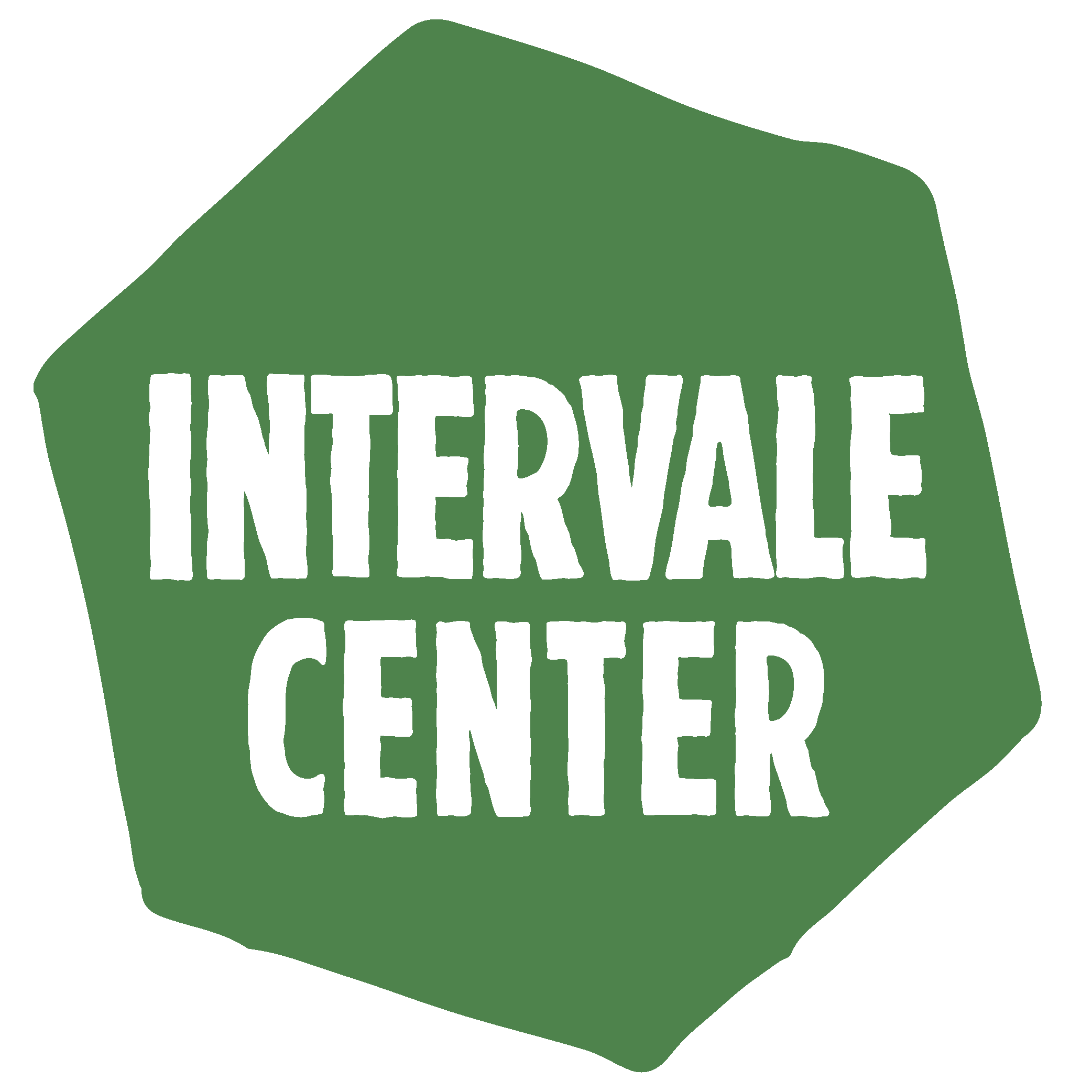Looking to the Future of Seeds
by Brooke Fleischman
Statewide seed coordination and collection efforts are based out of the Intervale Conservation Nursery. The purpose of this project is to develop a statewide network of organizations that will work together to increase the number of native tree and shrub seeds available for restoration projects that support climate mitigation, water quality, and healthy habitats. Some of our current partners include: NorthWoods Stewardship Center, Vermont Fish & Wildlife, US Fish & Wildlife, the Connecticut River Conservancy, and the Nature Conservancy.
In 2024, the Intervale Center will host our first crew for spring seed collection, expanding our capacity for scouting and collection efforts during the busy spring season. For the third year, NorthWoods will be hosting an eight-month Riparian Lands Crew (including returning members Alex Sehl and Jake Gallinger). Direct seeding trials will continue at the same three sites in Canaan, Morgan, and Wolcott with a spring seed casting of approximately 16 million seeds in June and a fall seed casting at potentially two new sites.
Photo by Jess Colby, Northwoods Stewardship Center
In the last few months of 2023, the Vermont Seed Need Survey was sent out to local restoration practitioners and nurseries to assess the demand for plant materials in conservation projects around the state. Responses from this survey will inform how we can support each other to further the development of a statewide seed collection effort and restoration project planning as a whole.
Shortly after the new year, partners gathered together to discuss the challenges and opportunities within this project and restoration practice as a whole. With this meeting, we have some actionable next steps to further develop the native seed partnership in Vermont:
Photo by Brooke Fleischman
Lead in best practices when working with seeds of native floodplain forest species.
Enhance partnerships with organizations and individuals at local and regional levels who are engaged in native seed work to increase our capacity as a restoration community.
Provide information and labor sharing opportunities to conservation nurseries and restoration practitioners in handling native tree and shrub seeds.
Continue the development of our seed source map and phenology tracking data by utilizing the support of local universities, organizations, and citizen scientists.
Evaluate the creation of a cooperative model for seed sourcing, monitoring, and storage.
Complete a plan for large scale collection, monitoring, processing, storing and distribution of seeds. This will include seed bank assessment and infrastructure cost estimates and proposed locations.


